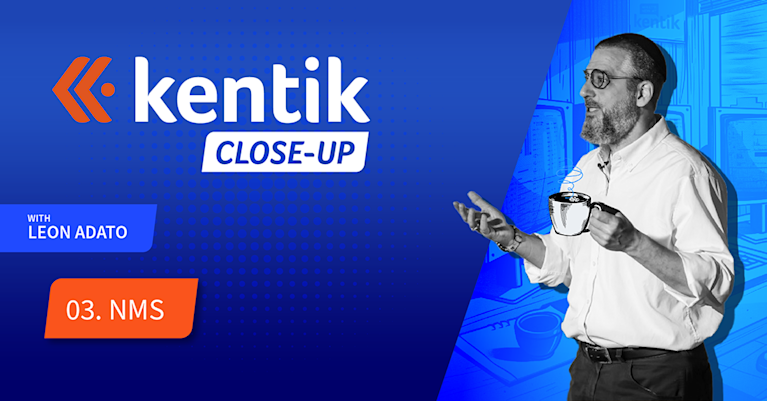Service Assurance Starts with Network Analytics


Summary
Managing quality of service and service-level agreement (SLAs) is becoming more complex for service providers. In this post, we look at how and why enterprise cloud services and application usage is driving service providers to rethink service assurance metrics. We also discuss why network-based analytics is critical to satisfying service assurance needs.

Enterprises are increasingly trying to reduce costs while improving agility, scalability, and time-to-market. To do that, many are turning to cloud services and applications. They’re also moving their internal service infrastructure to public and hybrid cloud environments.
Service providers see this as an opportunity to add incremental revenue streams by leveraging demand from their install base. However, to do that, the providers must move beyond quality of service (QoS) and service-level agreement (SLA) metrics for traditional physical, protocol-driven networks, such as MPLS or Carrier Ethernet. Now, with enterprises more heavily relying on cloud services that shift to application usage across hybrid networks (consisting of both private and public networks), the key to making service providers’ end users happy is based on determining the quality and consistency of the end user’s application experience.
This is at the heart of what is called service assurance in the service provider community.
Service assurance challenges
Virtualization and software-defined networks (SDN) are two trends requiring a rethinking of how legacy service assurance is accomplished. Next-generation service delivery platforms need to deliver a superior customer experience in a more efficiently managed SDN environment.
The first step in this transition is to virtualize network functions, then introduce software control of the network, and then add automation. The implementation of automation accompanied by monitoring are crucial elements in an end-user environment where devices and applications are constantly changing.
This requires service providers to think beyond existing network SLAs and ensure cloud service assurance. Service providers now must correlate application content usage and network and session layers to provide a competitive and satisfactory customer experience that accelerates customer acceptance of cloud services.
SDN-enabled service provider cloud environments are purposely designed to be highly dynamic in nature, while requiring a real-time view of the state of the infrastructure that is regularly updated and impacted by network changes. Service assurance now requires understanding network changes and their impacts on application performance through a combination of network and application monitoring to overcome the challenges that this new agile services environment creates.
Service assurance best practices
As service providers prepare for effective service assurance, many are hiring service assurance engineers and managers to help. Key areas of focus for service assurance include:
- Managing all aspects of service quality assurance with active participation in major service projects.
- Assuring service quality management with a strong focus on internal and external communications.
- Coordinating and consolidating changes, incidents, and problems related to telecom services.
- Collecting data and preparing regular and ad-hoc management reports regarding changes, incidents, and service problems.
- Working with internal and external parties to maintain network stability and service levels.
- Defining and monitoring service quality measurements.
Network-based analytics is critical to satisfying service assurance needs. Network analytics has the power to match application patterns made through various protocols and correlate these to data paths traversed throughout the network. This allows network assurance engineers to understand what should be considered normal and/or baseline performance measurements and use this information to identify suboptimal paths, packet loss, congestion points, or security threats.
Embracing service assurance methodologies
Effective application performance management depends on modern network performance management tools. Kentik helps service assurance engineers that are tasked directly with nurturing the viability and performance of their applications in their organizations no matter what networks are used. Kentik builds on highly accurate network visibility in near real-time to facilitate service assurance enabling:
- End-to-end network visibility to help with increased application complexity and high rates of change in SDN environments.
- Highly accurate network monitoring to put past events into context where they may have otherwise been ignored.
- Troubleshooting application problems before they become service-affecting.
- Visibility for all devices on the network with assurance that a connectivity problem can be readily identified.
- End-to-end network visibility to predict how future application usage might impact network performance.
Kentik’s adoption of a big data architecture is at the core of the Kentik Network Observability Platform. This brings great advantages for service assurance analytics, as big data is not only about handling large volumes of data, but also about letting network operations staff navigate through and explore that data very quickly.
Service assurance will be a key driver for using network data to understand how organizations are operating from second-to-second and how specific service assurance use cases are analyzed and presented. To see how Kentik can help your organization analyze, monitor, and react to traffic patterns in the context of service assurance best practices, request a demo or sign up for a free trial today.


